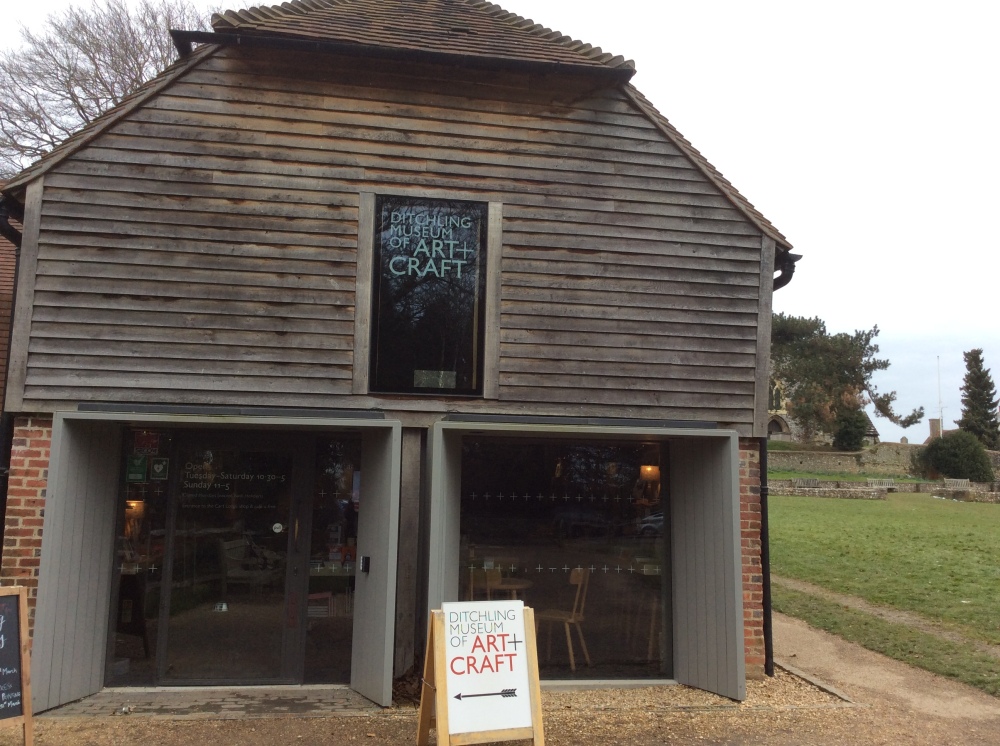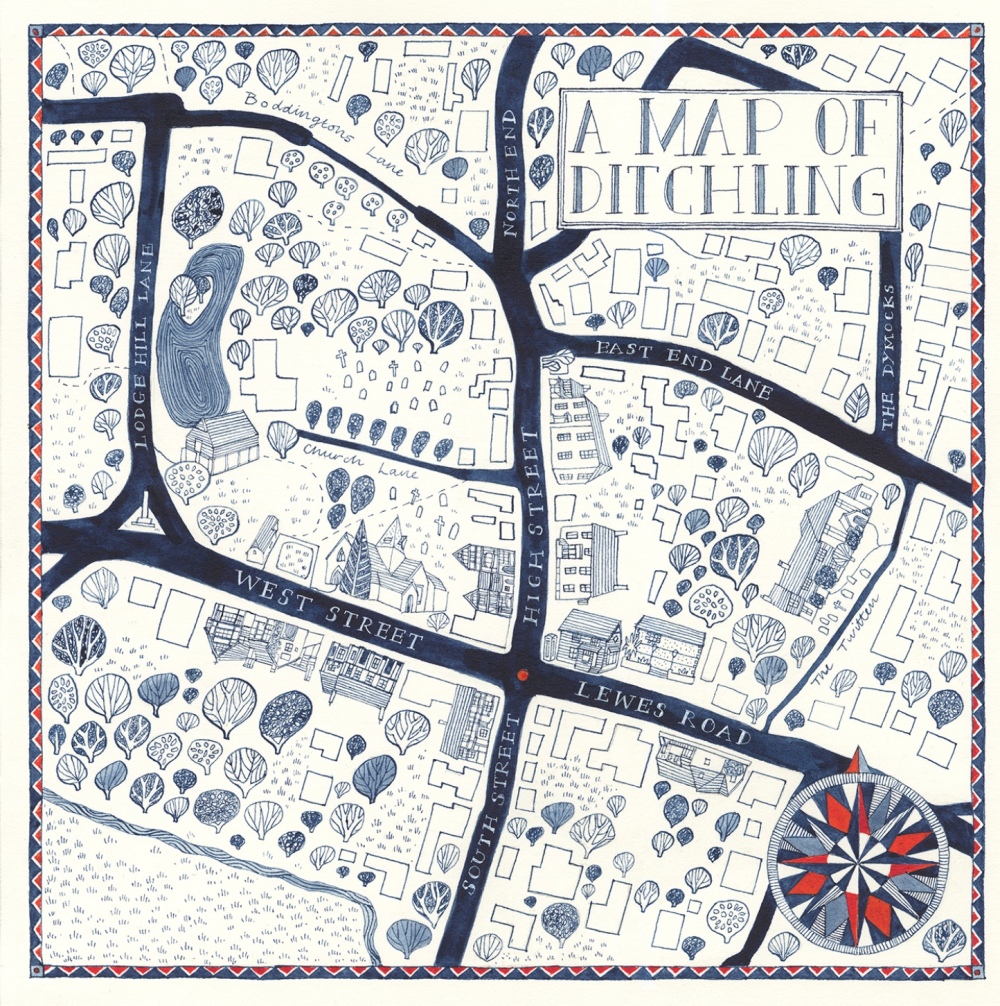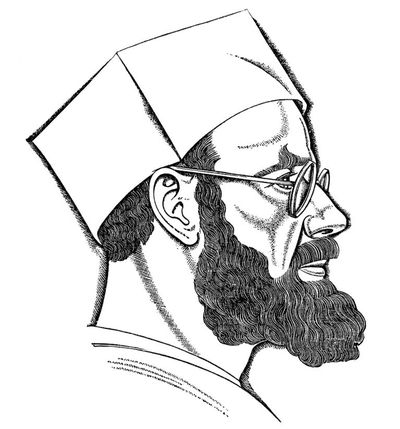Ditchling is a pretty village, warm with half-timbered character, hugged by the Sussex Downs. It has a long connection with the Arts and Crafts movement and was the home to printmaker Eric Gill in the early 20th century. I was very honoured to be asked to run a hand drawn mapping workshop at the award winning Ditchling Museum of Art + Craft last weekend.

As part of my workshop, I take my students outside to walk the territory of the location they are mapping (as far as is possible and weather permitting). How else can you understand where you are, unless you experience it personally? So, as preparation, I decided to walk the territory myself and hand draw my own map of Ditchling.
My initial sketches were rough. It’s hard to map on foot, especially in the rain. But what’s important is that the mapmaker marks the features he finds important, either by sketch, note or photograph. It doesn’t need to be perfect.
Back at the studio I hit more formal references, comparing my rough sketches with other paper and digital maps of Ditchling, including both OS and Google Satellite maps. It’s always interesting to see where my maps differ from the others, and indeed, how they differ between themselves. It just goes to show that there is no such thing as the Truth.
Using all of the references, including my own, the map was drawn up using a gridding technique. It’s always at this stage that I, as the mapmaker, decide what features should appear in the map. The map is a personal understanding of a place, after all.

For me, it was the black and white cottages and the jolly post office at the crossroads, the flinty church dating back to Saxon times with its rows of solemn trees and dark ancient yews. It was the Anne of Cleves House, slightly dishevelled; a ghost peering forlornly through the diamond paned windows. (She likes to keep doors open apparently.) It was the Bull Inn squatting confidently next to the car park and the rival White Horse, blustering it out manfully up the road. It was the Old Meeting House sitting amongst the haphazard gravestones of Quakers waiting for redemption, silent from centuries of peaceful prayer. And it was the Georgian brick house on the high street, once belonging to Eric Gill.
Who knew what sad and terrible things happened there…

The Museum of Art + Craft was created to house some of Gill’s work and we were based in the studio there. Although there was certainly no sinister atmosphere at all in either museum or village, his work and name seemed to be everywhere and I felt his presence permeated the place. I still appreciate the simple beauty of his lettering and can’t quite connect the clean honesty of his work with his crimes. I wanted to echo something of his style in my map, nevertheless, and chose to do it by making the road system dark and picking out the lettering in white, as I had seen in some of his prints. But there, the similarity ends.
Cut to the workshop and each student had a different experience of Ditchling as we walked it’s green dampness. One took notes of bus stops and telephone boxes, of the shapes of fences and boundary lines, whilst another marked the signs of spring in the clumps of snowdrops and wild daffodils. Each eventually made a map of the Ditchling they alone had understood, felt and seen. Each map was stamped with their own personality. Very far from the industrialised digital maps that the Arts and Craft Movement would have railed against if it had existed today.
And so now, there exists 7 new maps of Ditchling, particular to an individual mapmaker and to a particular time. Although Eric Gill would have approved of a process founded on working by hand, I hope it was not his ghost who looked over us. I hope it was that other ghost, in the Anne of Cleves House, perhaps slightly heartened that we had unlocked doors to get outside and walk the village. And heartened that we were firmly keeping the door open, not shut, on the craft of hand drawn mapmaking.